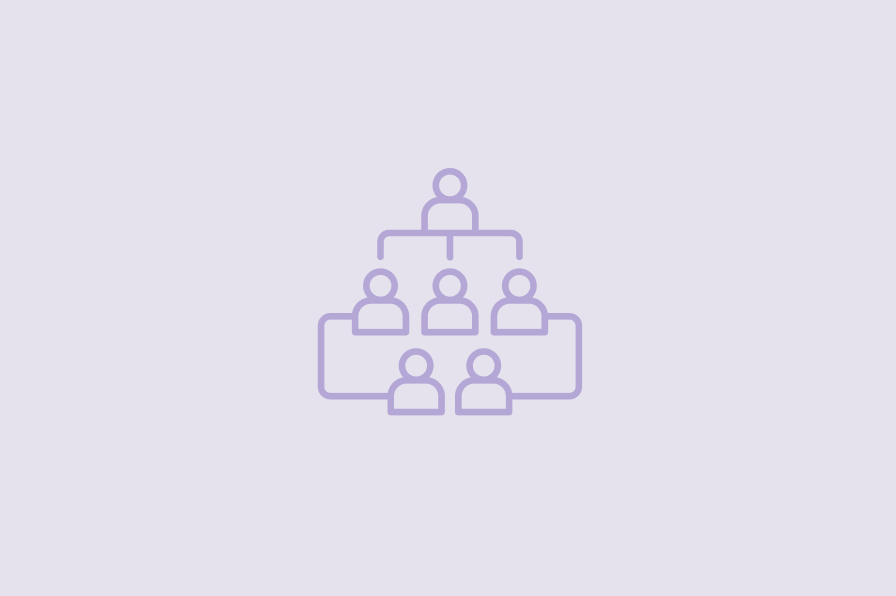PEOS AS CHANGEMAKERS: LEADING THE WAY IN THE NEW WORLD OF FIDUCIARY RESPONSIBILITY
August 2024
Today’s healthcare landscape is fraught with challenges for both employers and employees. With healthcare costs skyrocketing, there is mounting pressure to reduce spending within health plans. Simultaneously, health plan sponsors face an increasing threat of legal challenges.
According to the Kaiser Family Foundation, healthcare premiums have risen faster than workers’ wages over the past five years. According to National Health Expenditure Data, prescription drug spending increased by 8.4% to $405.9 billion in 2022, faster than the 6.8% growth in 2021. Adding to the complexity, the latest amendment to ERISA, the Consolidated Appropriations Act of 2021 (CAA), which aims to clarify transparency standards and fiduciary duties, has resulted in a notable increase in legal disputes targeting self-funded employers.
Health plan sponsors will increasingly turn to their PEOs for guidance in response to this worsening state of affairs. As trusted advisors, PEOs have the expertise and resources to traverse the evolving healthcare landscape confidently. Now, more than ever, it’s crucial for PEOs to be prepared to:
- Offer insights on cost reduction strategies, such as employee education, comparison shopping, and telehealth.
- Address compliance concerns and offer guidance for navigating the complexities of the CAA.
- Champion data-driven plan analysis, ensuring employers clearly understand their healthcare expenditures.
In this article, we’ll explore these areas of concern and offer tips for how PEOs can help clients navigate this new world of fiduciary responsibility. We’ll delve into health plan cost-cutting measures, proactive CAA compliance strategies, and the need for claims data examination.
OFFER INSIGHTS ON COST REDUCTION STRATEGIES
Providing healthcare coverage for employees is a significant expense that continues escalating with each passing year. According to the Kaiser Family Foundation, the average annual cost of employer healthcare insurance increased by 4% in 2021 compared to the previous year.4
However, what often goes unreported is the degree to which these expenses can be reduced. Our client work at Health Cost IQ has unveiled a startling reality: up to 50% of private employer health plan costs can be categorized as wasteful or inefficient. Employers can rein in health plan costs in numerous, often overlooked ways. Here are several key strategies to consider.
Empower through education. In the realm of employee benefits, engagement and understanding are crucial, yet often neglected. Educated employees are more informed about generic prescription alternatives and the in-network providers they should see. They’ll be aware of all the covered benefits available to them and conscious of who on their team they should talk to in the case of a medical event. Additionally, educated employees are more likely to consider how their benefits support their overall health and are likely to make the positive connection between the good benefits they’re receiving and the company that’s providing them. This can lead to improved morale and increase an employee’s loyalty to their employer.
Incentivize comparison shopping. A significant yet underutilized approach to reducing health plan costs is employee comparison shopping for medical treatments. Studies by HealthMine show that 70% of healthcare consumers don’t engage in any price shopping, and yet, healthcare quality and cost can vary widely within a city or even a neighborhood.6 Encouraging the use of online and mobile comparison shopping tools can boost healthcare transparency and yield savings for both employers and employees. Encourage comparison shopping with rewards such as a fixed bonus or a share of the savings that the company receives from the more cost-effective choice.
Promote telemedicine. With remote work now the norm, telehealth presents a convenient and accessible option for employees seeking healthcare. Virtual visits are particularly beneficial for managing common health conditions and can reduce absenteeism. Research from BenefitsPro indicates an average of $472 in savings for employers per episode of care with telemedicine. Additionally, it’s notable that under the CAA, telehealth reimbursement coverage will remain largely the same as it was during the COVID-19 pandemic. This CAA coverage is currently scheduled to continue until the end of 2024.
With healthcare expenses’ upward trend showing no signs of slowing, now is the time to rein in costs while maintaining a high standard of employee care. Employing these cost-cutting strategies can help employers make significant strides toward that goal.
ADDRESS COMPLIANCE CONCERNS
Under the CAA, employers are now being held accountable as fiduciaries to an unprecedented degree. Fiduciary responsibilities, as defined by the U.S. Department of Labor (DOL), require employers to run their plan “solely in the interest of participants and beneficiaries and for the exclusive purpose of providing benefits and paying plan expenses.” The DOL goes on to say that fiduciaries must act prudently and must “diversify plan’s investments in order to minimize the risk of large losses. They also must avoid conflicts of interest.”
With legal battles making headlines, fueled by the CAA’s fiduciary expectations, employers will likely have questions and numerous concerns. As their PEO, you must be prepared to provide actionable guidance. Encourage your employers to adopt a robust fiduciary process for the management of their health plan. Steps in this process should include:
- A commitment to good fiduciary practices through staff changes. Employers must acknowledge the need for greater health plan oversight. This could mean the addition of a fiduciary expert on staff. Alternatively, if additional staffing simply isn’t possible, establishing a fiduciary committee dedicated to managing the health plan will suffice.
- This team should be dedicated to reviewing details such as the selection of outside partners (PBM, brokers, and consultants). They should administer due diligence when considering whether these outside partners have conflicts of interest and be the company’s chief advocate in contract negotiations. Ultimately, they should be dedicated to the mission of assembling a financially responsible and participant-first-focused health plan.
- An awareness of who is getting paid and how much. Under the CAA, plan sponsors have increased rights, including the ability to formally request the financial details of the agreements in place with their EBCs, PBMs, or brokers. Specifically, sponsors can inquire about the earnings these parties receive from each program they recommend. These outside parties must respond within 30-90 days, per the CAA.
- The wise management of health plan finances. The CAA dictates that “health plan dollars must be used prudently, and health plan sponsors should only pay reasonable expenses.” To remain within the letter of the law, employers need to determine what they consider to be a good measurement for spending that is prudent and reasonable. In every area of health plan expenditure, fiduciary committees should be asking questions, such as:
- Are our third-party groups getting compensated in multiple (sometimes hidden) ways that could result in unreasonable compensation relative to their contribution?
- Have we considered a reasonable number of contracts for this outside partner position, and is there a more prudent option?
- Are there any aspects of our health plan management that we’re not closely regulating?
With this level of scrutiny, a fiduciary committee should be equipped to answer for every financial aspect of an employer’s health plan, keeping employers safe from legal scrutiny.
CHAMPION DATA-DRIVEN PLAN ANALYSIS
The CAA’s focus on cost containment should lead to a greater emphasis on data gathering and analysis. Employers need reliable, trustworthy sources of data truth to ensure they are only paying “prudent” and “reasonable” health plan expenses. A failure to do so can result in costly repercussions, as we’re seeing with the suits against Johnson & Johnson and the Mayo Clinic.
Claims data provides otherwise unavailable intelligence. It’s a vital tool for keeping tabs on how health plan dollars are distributed and a number one means of detecting hidden faxes, fees, waste, and fraud. It’s also the best way to verify that a formulary is priced correctly.
As a PEO, you have a prime opportunity to advocate for the use of claims data. If your employers look to you to provide data insights, then it’s your responsibility to facilitate deeper data analysis for their benefit. Don’t overlook the invaluable intelligence hidden within this data. You’re responsible for actively utilizing it to identify inefficiencies and opportunities for cost savings on behalf of your employer members.
If your employer member manages their data, encourage them to secure access to their data and analyze it to certify they’re meeting fiduciary responsibilities. This data is their most effective safeguard against CAA-driven litigation.
Conclusion
Health plan sponsors need effective and practical strategies to reduce expenditure in the face of rising healthcare costs. The implementation of the CAA has added urgency for sponsors to manage spending and fulfill their fiduciary responsibilities. As a PEO, you must be equipped with strategies and solutions to support these efforts. Seize this opportunity to help your employers create a benefits plan that is transparent, CAA-compliant, and aligned with the best interests of their company and employees. This is your moment to be a health plan changemaker.
-
SHARE
- Copy to clipboard



